Does Sunscreen Block Red Light Therapy?
Who does not know about the wonders of red light therapy these days? It is gaining fame among people with skin issues. Nobody wants to spend expensive skin treatments and blow off their money.
Therefore, red infrared is a great alternative to save money and eliminate skin issues without harming your skin. Now the question is, does sunscreen block red light therapy? You need accurate information so you can handle clarity later.
We will decipher the process of red light therapy and the influence of sunscreen on it. Does it block waves of infrared red light or not? Let’s find out the facts of red light therapy!
Understanding Red Light Therapy
Red light therapy uses the phenomenon of wavelength penetration. We use red and near-infrared wavelengths of light, which cross the skin barrier and approach cellular bodies like mitochondria.
After targeting mitochondria, 850 nm red light therapy or 660 nm red light therapy stimulate them to initiate the skin’s healing mechanism. More ATP production takes place. Our bodies and skin use ATP for several purposes. It is an energy carrier for our bodies and skin to keep them healthy and plump as much as possible.
Speaking of which, ATP enhances collagen production, which is crucial for skin healing and rejuvenation. Due to this reason, we associate red infrared with different skin-friendly benefits, which we state below for you:
- 1. It boosts wound healing and regenerates damaged skin
- 2. It subsides the inflammation and swelling around the compromised skin
- 3. It is beneficial for keeping the natural texture and tone of skin intact and improves its overall appearance
- 4. It provides nourishment to hair and enhances their growth
- 5. It is a good source of treating skin issues like acne and eczema harmlessly
As described earlier, this treatment works by crossing the skin barrier. So, if you apply sunscreen, how does it impact this procedure? People find it quite concerning, so it is essential to address this concern through proven scientific insights.
The Role of Sunscreen in Skin Protection
Sunscreen is integral to the skincare regime. Why do we need sunscreens? We need sunscreens to protect the skin from harmful cancer-causing UV rays of the Sun. These rays can significantly damage the skin and its natural texture.
As a consequence of prolonged exposure to these rays, there are appalling chances of skin aging, wrinkles, undertoning, and skin cancer. Therefore, as a medical remedy, we use sunscreens to help us with deep and guaranteed skin protection. However, there are two main groups in which we divide sunscreen. Let’s learn about them below:
- 1. Chemical Sunscreens: These sunscreens use organic carbon compounds that capture harmful rays and convert them into heat, which evaporates the skin.
- 2. Physical (Mineral) Sunscreens contain particular substances like titanium dioxide and zinc oxide. Their purpose is to reflect UV rays into the atmosphere.
The sole reason to use sunscreen is to protect your skin from the harmful radiation emitted by the Sun. Sunscreens' chemical compositions have been formulated to trap or scatter UV rays into the atmosphere.
Interaction between Sunscreen and Red Light Therapy
Now, let’s see how sunscreens react to infrared red light. To do this, we need to learn about the phenomenon of RLT and its workings, along with the composition of sunscreens, simply and understandably.
You will also be able to learn about the scientific opinions of the experts who monitor and study the phenomenon and benefits of red light therapy.
Understanding Light Absorption and Reflection
What will happen with the light is determined by our skin. Whether it will be absorbed or reflected, chemical compositions like sunscreen decide. Our skin is only capable of absorbing a specific wavelength of light. Beyond this wavelength, it will either transmit it or reflect it. Sunscreens are formulated to absorb and reflect these wavelengths for the skin’s ultimate protection. In the case of LED light therapy, we are using red and near-infrared light in this procedure. Sunscreens cannot block these wavelengths. This means even if you have sunscreen on your skin before RLT, it will not impact the results of the procedure at all.
The Science Behind Sunscreen and Red Light Absorption
Sunscreens absorb harmful UV rays from the Sun, trap them, and convert them into heat, which the skin evaporates. Some sunscreens also reflect these rays into the atmosphere so they won’t damage the skin. The chemical composition of sunscreen includes some particular chemical substances that make it happen and make the sunscreens work. The absorbing and reflecting properties of these chemical constituents are crucial for the function of sunscreens.
Insights from Studies and Expert Opinions
RLT has gained much popularity in the past couple of years. Dermatological experts have been profoundly monitoring it all the way. Also, they have been studying the impact of sunscreens on the treatment. There is no doubt that the fact that sunscreens have some wave-blocking constituents will put you in doubt for a while. With scientific proof and evidence, experts have been able to answer patients' concerns. We are going to see why the addition of these substances in sunscreens does not harm the impact of LED light therapy in the section below:
Wavelengths Used in Red Light Therapy: The wavelengths that we use in RLT are not blocked or trapped by sunscreens. These constituents can only block these wavelengths if they fall above their capturing capacity. It is essential to understand that sunscreen does not harm the natural impact of the treatment.
Penetration Depth of Red Light: As we all know, LED red light crosses the skin barrier to reach cellular bodies. This deep penetration into the skin is what makes this procedure work efficiently. Some reflective sunscreens might reflect a fraction of these wavelengths, but only partially. Generally, the wavelengths during RLT will still cross the skin barrier and do their job.
Practical Considerations
Sunscreens do not harm LED red light. If it still concerns you, below are some considerations that would help you trust the process and think positively.
-
1. Timing of Application:
- You can get exposed to red light therapy deviceand apply sunscreen later. You can do it in the morning and evening hours after cleansing and drying the skin properly.
-
2. Type of Sunscreen:
- Skip reflective sunscreens and instead use chemical sunscreens. Chemical sunscreens are more likely to let all LED light therapy wavelengths into the skin without trapping or reflecting them.
Practical Advice for Combining Sunscreen and Red Light Therapy
Experts recommend using sunscreen as much as possible when you are out. Sunscreens block UV rays and provide deep nourishment to the skin, which is crucial to keeping your skin healthy. Look at the following recommendations to make the most of sunscreen combined LED light therapy.
Recommendations for Effective Use
-
1. Pre-Session Preparation:
- Make sure your skin is properly cleansed and dry. No debris, oils, or any residues on your skin should exist. It also comes in the general customer guidelines before initiating RLT at clinics.
-
2. Post-Session Sunscreen Application:
- Try not applying sunscreen right after the procedure. Wait a while and give your skin time to absorb the procedure's benefits. After some hours, you can apply sunscreen and include it in your post-treatment skincare routine.
Tips on Sunscreen Application Timing
-
1. Morning Therapy Sessions:
- Don't apply sunscreen before the treatment. If your RLT takes place in the morning, then you can wait for time and use sunscreen before heading out.
-
2. Evening Therapy Sessions:
- Don't use sunscreen if your RLT sessions occur in the evening or at night. You can use your regular skincare routine and stick to it consistently. Make sure to use mild and gentle skin-repairing products. Sometimes, as a side effect, your skin might undergo redness and dryness after the treatment. Therefore, as much as possible, use deep hydrating moisturizers to avoid such side effects.
Suggestions for Sunscreen Types
-
1. Chemical Sunscreens:
- You can stick to chemical sunscreens after red light therapy for face since these are less likely to reflect some fractions of LED light therapy wavelengths. These sunscreens quickly absorb into the skin and don't remain on the surface, which is beneficial. However, some people might not find them friendly for their skin. Determining whether or not these sunscreens react with your skin is crucial.
-
2. Lightweight Physical Sunscreens:
- Such sunscreens are not thick, so their protection is vulnerable. Therefore, these are good in case you doubt sunscreen blocks the therapeutic wavelengths of professional LED light therapy machine.
The Bontanny Moving Pro Series Red Light Therapy Stand is a great option for those looking for a versatile and effective device. Many customers have praised the high-quality build and flawless function of the Bontanny Red Light Therapy Device.
Conclusion
Now you know that sunscreens are safe to use with RLT. However, if you still have questions, the best thing is to consult your expert. They can better guide you through the process and the influence of sunscreens on it.
FAQs
Does the SPF factor of sunscreen affect red light therapy?
SPF has nothing to do with the RLT. It is a measuring unit of sunscreen to determine how effectively it blocks UV rays.
Can I use red light therapy if I have photosensitive skin but still want to use sunscreen?
Professional LED light therapy machine does not harm photosensitive skin. Instead, it might help you fix this skin condition. However, it might only partially apply to some. Therefore, it is essential to stick to the expert recommendation.
Are there any red light therapy devices designed to work with sunscreen-applied skin?
There is no specially designed sunscreen-centric red light therapy machine. Most regular RLT devices still penetrate skin regardless of sunscreen application.

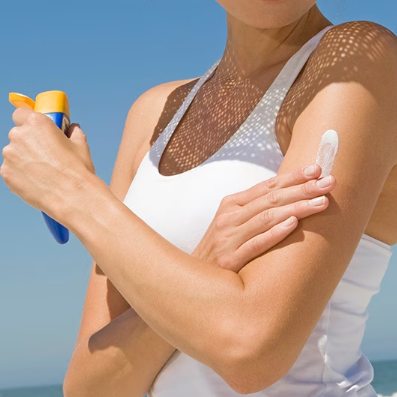

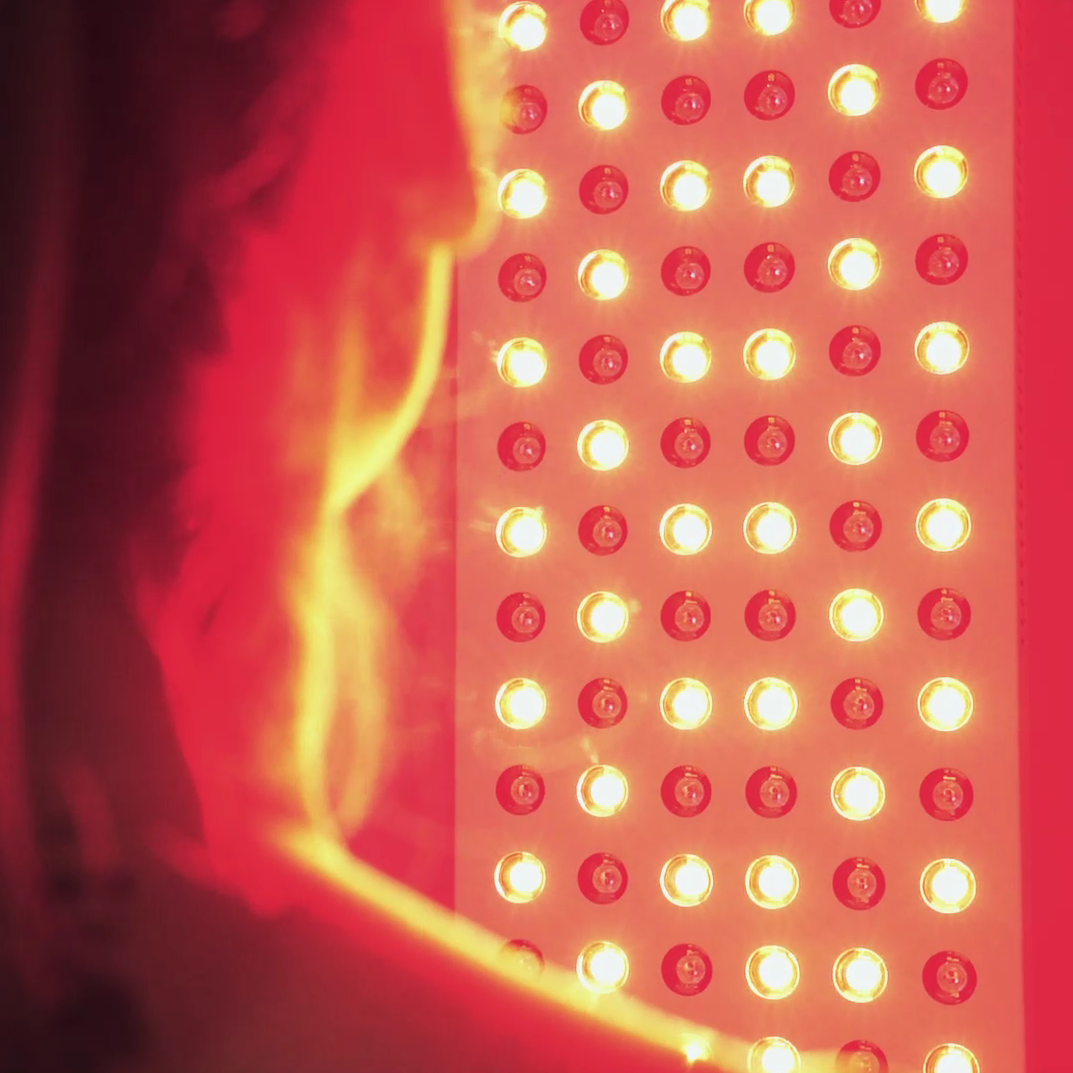
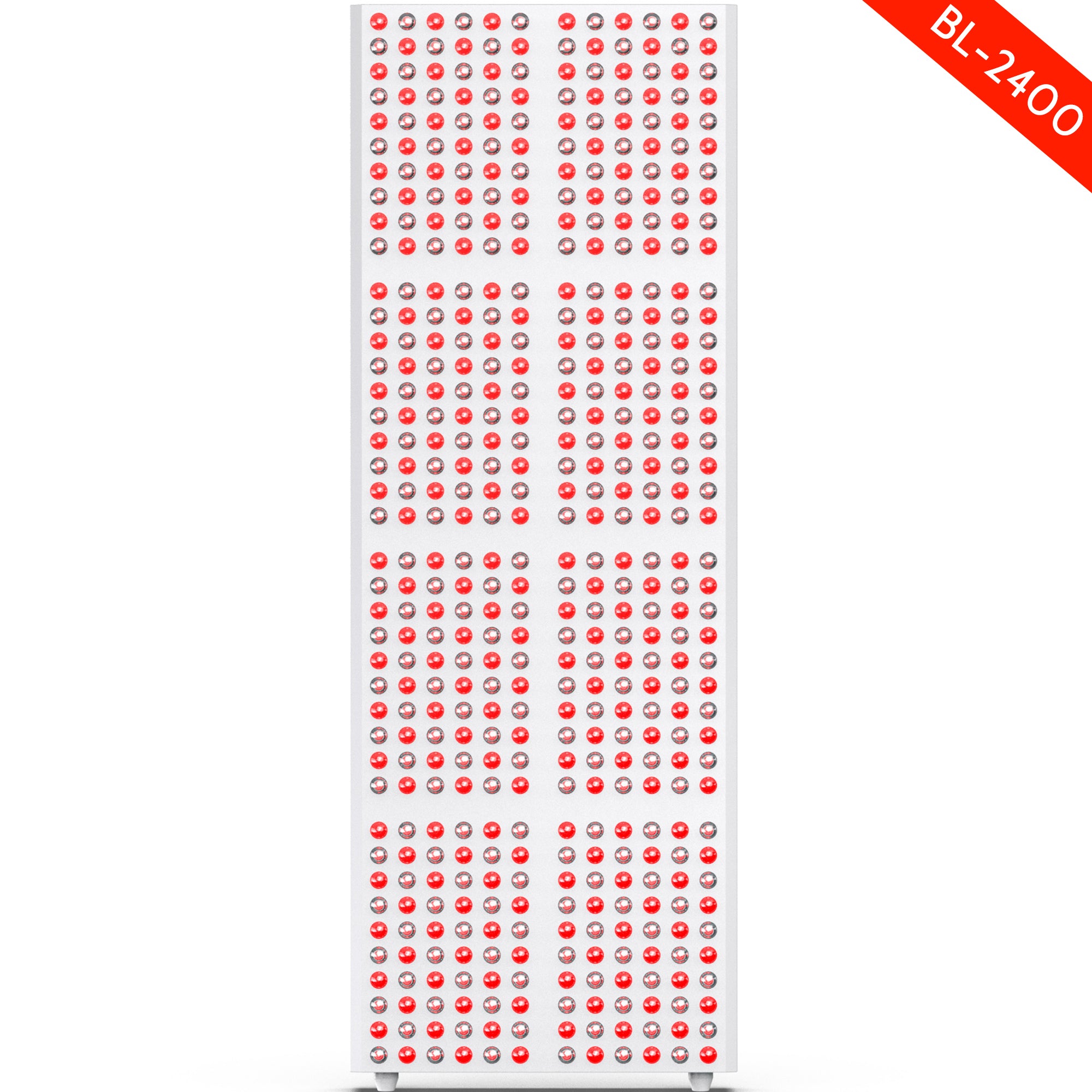
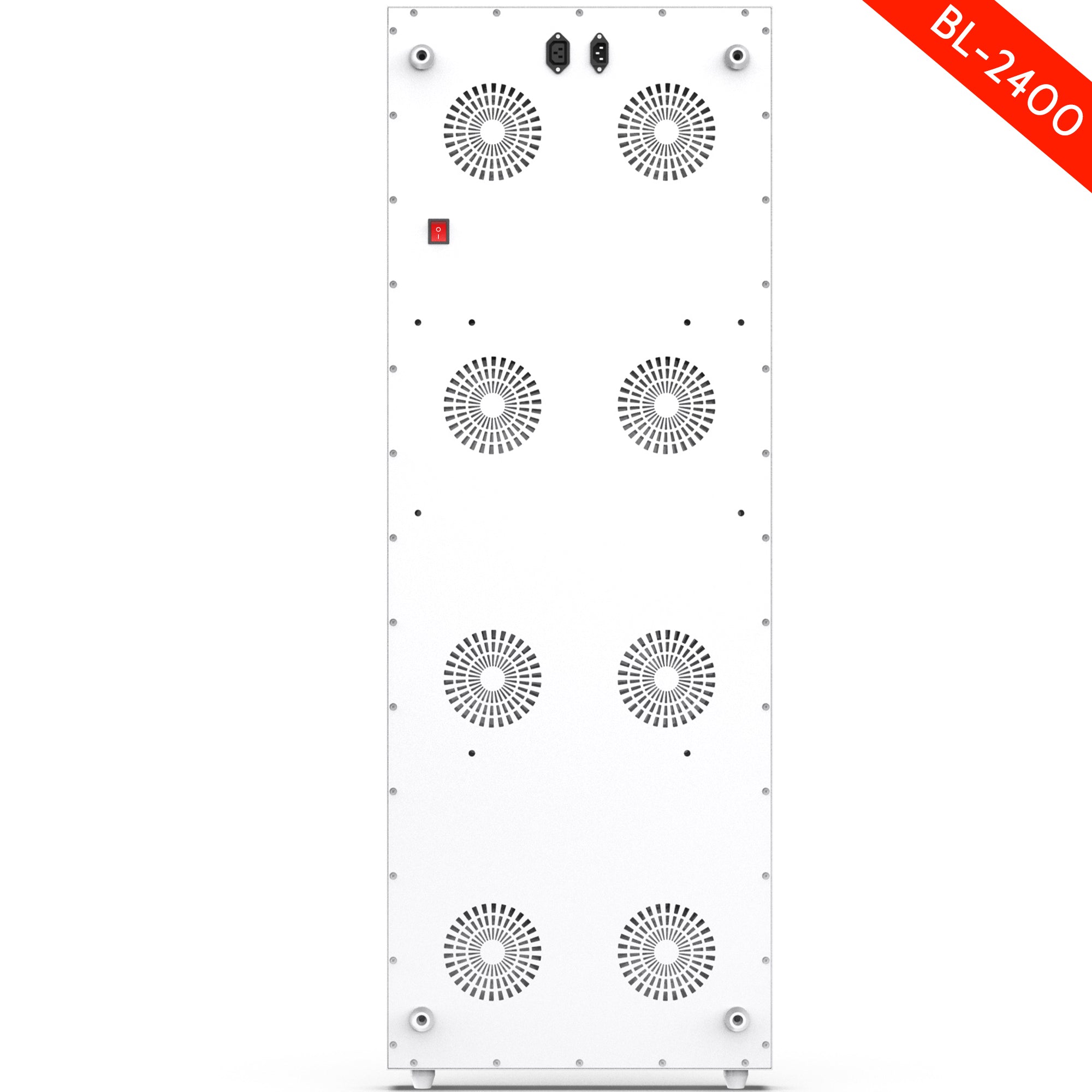
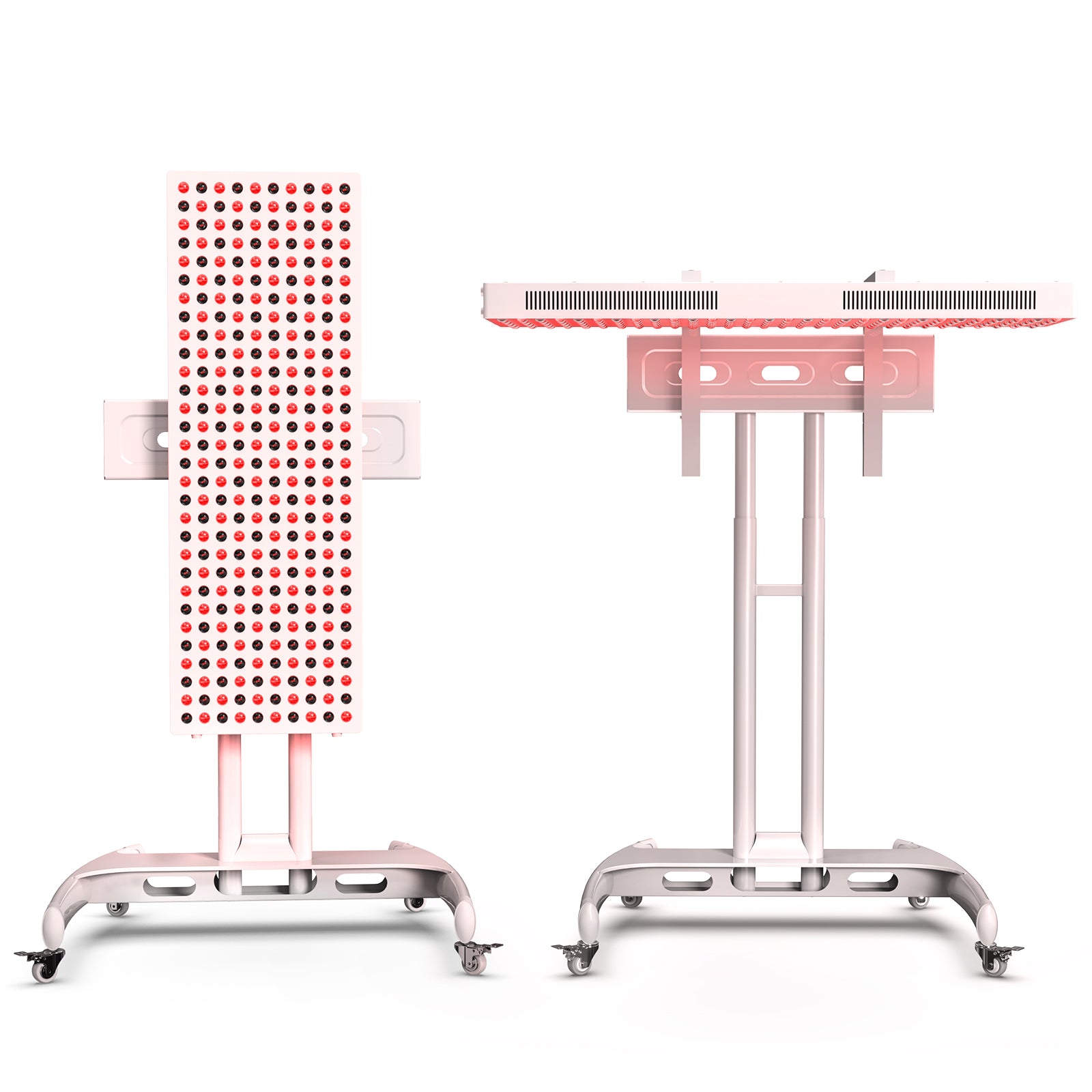

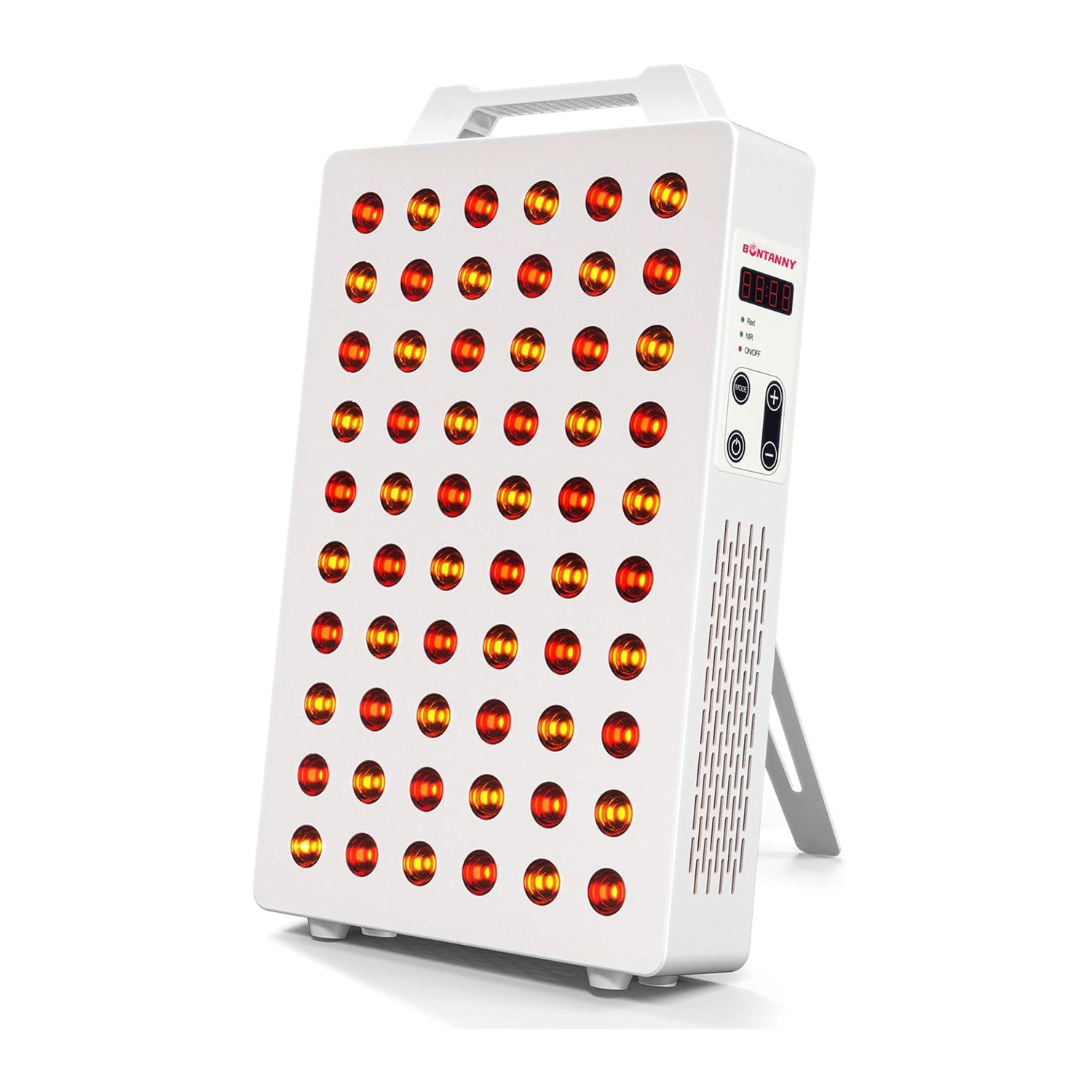
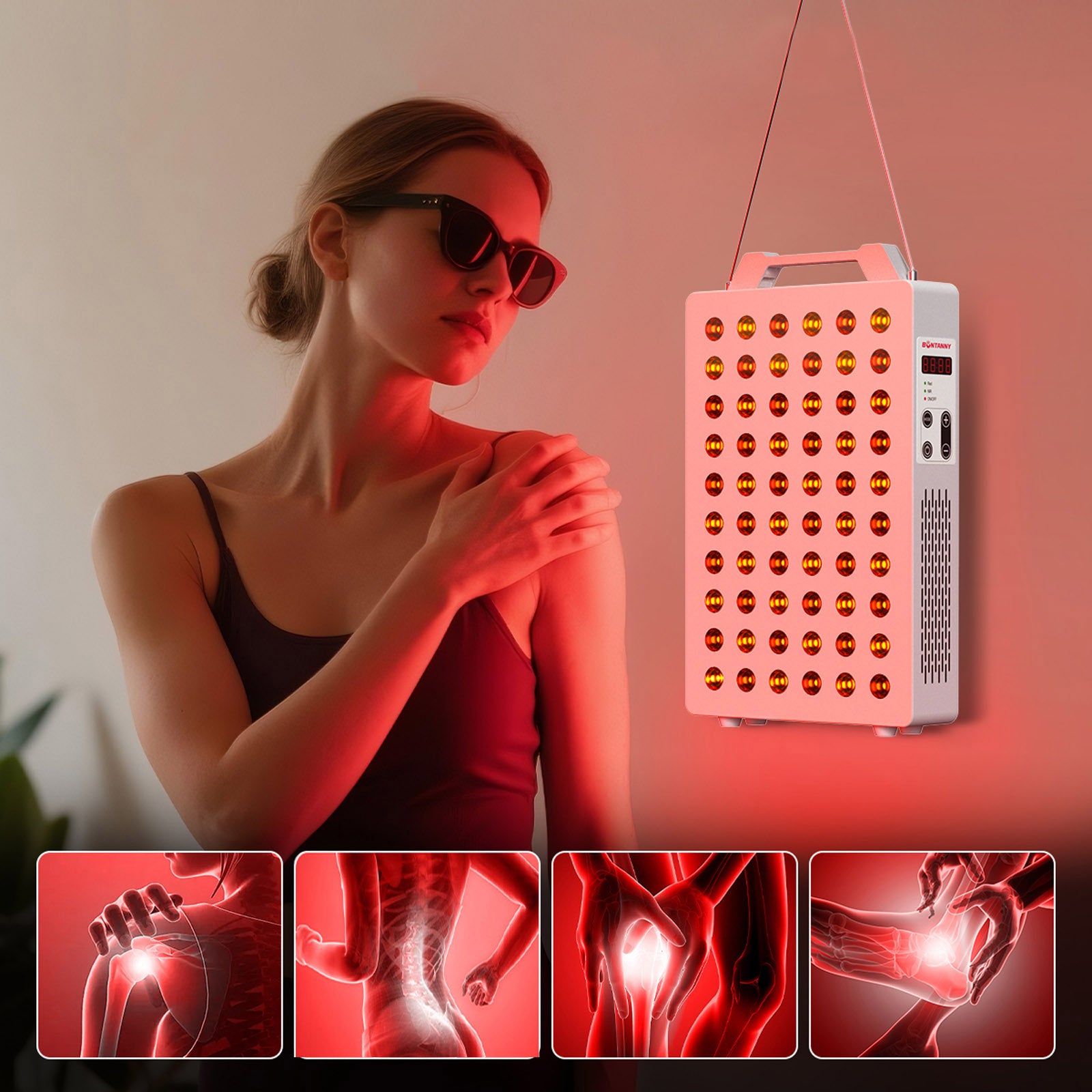
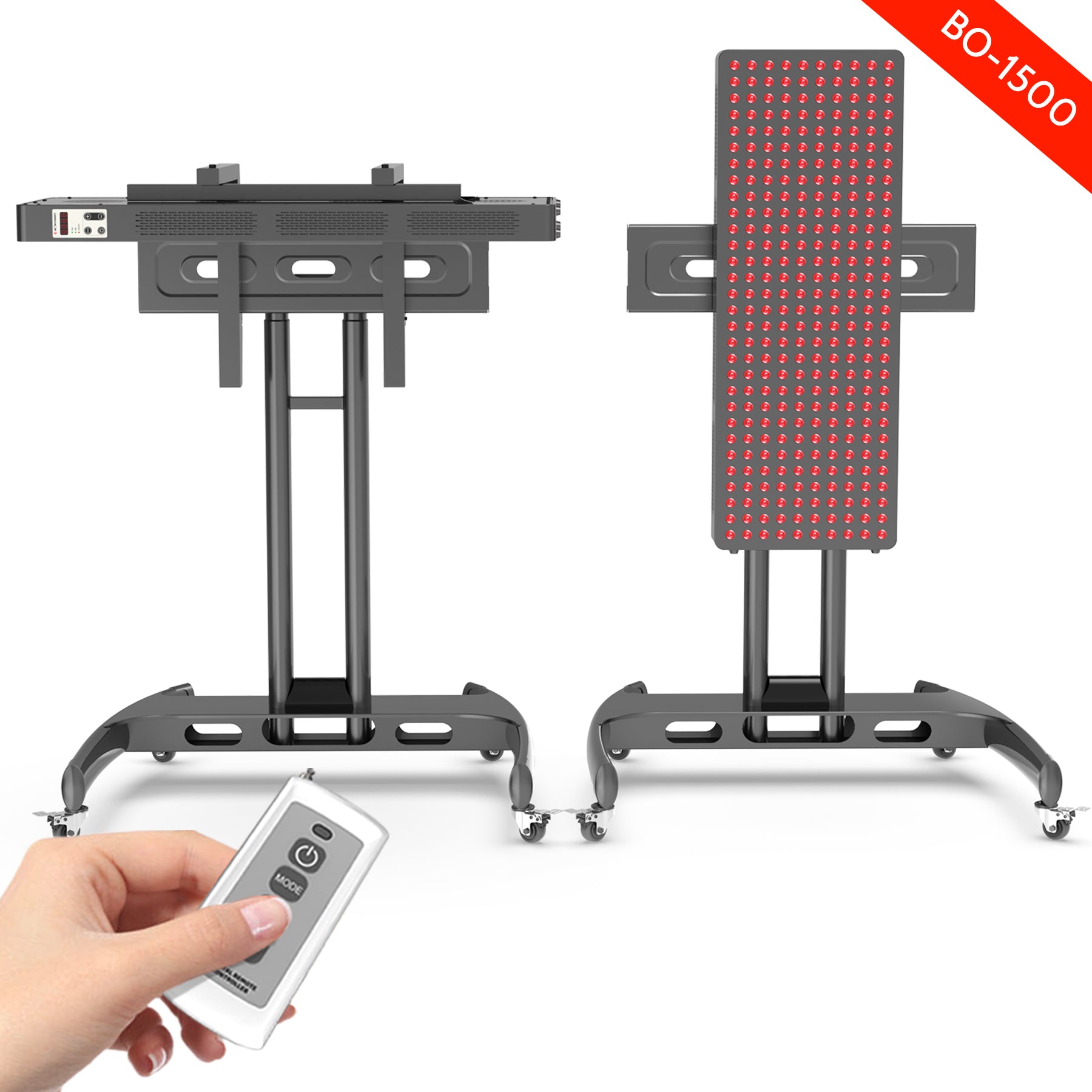
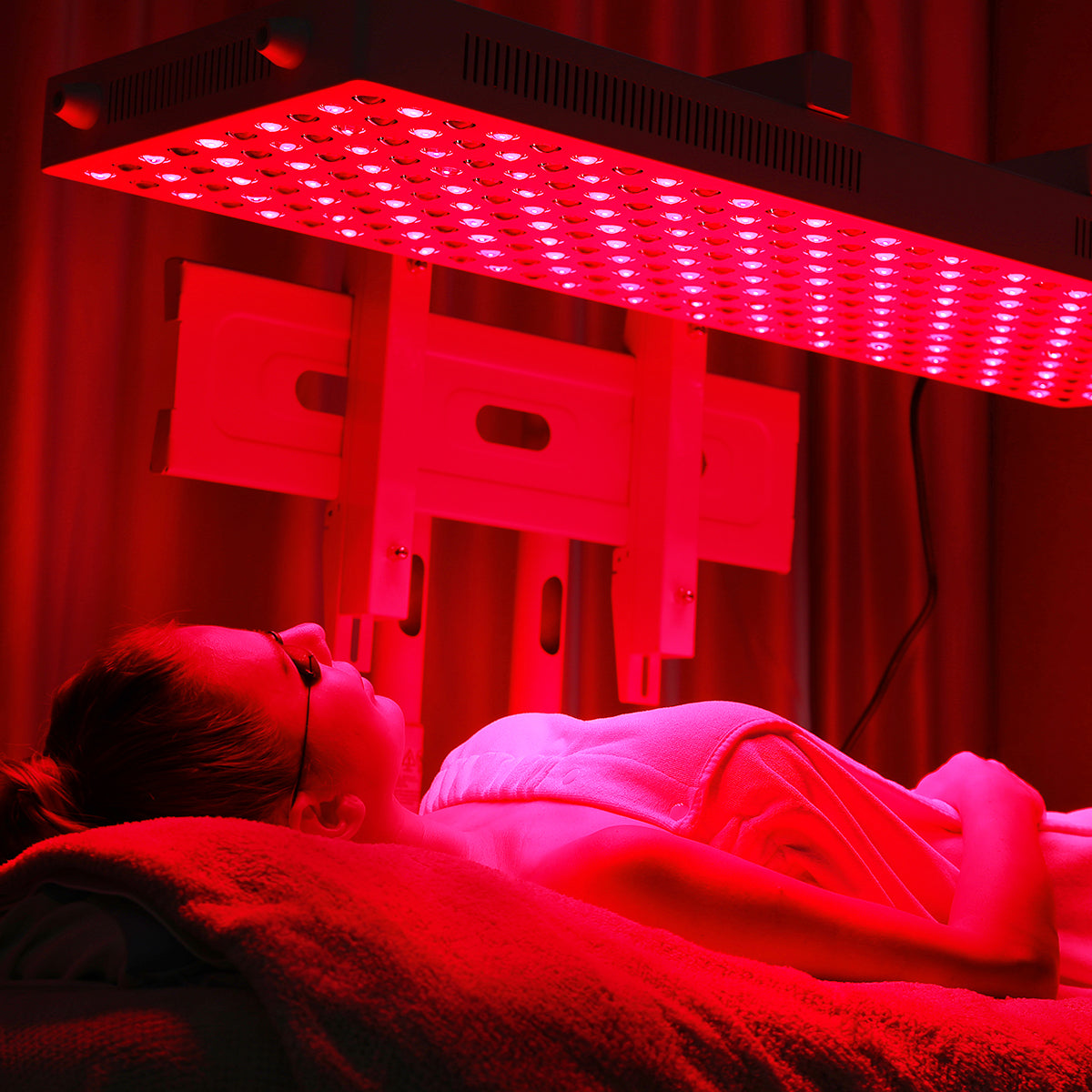
Leave a comment
This site is protected by hCaptcha and the hCaptcha Privacy Policy and Terms of Service apply.